The University of Detroit Mercy is a private Roman Catholic university with a profound historical heritage and unique advantages. The following is a detailed introduction to the school:
History:
The school was founded in 1877 and was originally named Detroit College. In 1911, it was renamed the University of Detroit. Later, it merged with Mercy College of Detroit in 1990 and officially changed its name to the University of Detroit Mercy.
Location:
Located in Detroit, Michigan, USA. Detroit is a famous industrial city and automobile city in the United States. Ford, General Motors, Chrysler and other automobile companies are located here. This geographical location provides a wealth of internship and employment opportunities for students majoring in engineering, business and other majors in the school.
Departments:
The school consists of 8 colleges, including the School of Business, the School of Engineering, the School of Arts & Education, the School of Architecture, the School of Nursing, the School of Health Professions, the School of Law, and the School of Dentistry, with more than 100 undergraduate, master, and doctoral programs.
Academic advantages:
School of Business: In 1949, it was accredited by the Association to Advance Collegiate Schools of Business (AACSB International Accreditation), making it one of the earliest American universities to receive this accreditation, and the only private university in Michigan to receive this accreditation. Only 5% of business courses in the world have obtained this accreditation, and its undergraduate management program was once ranked among the top ten in the United States.
School of Engineering: Academically rigorous, focusing on the accumulation of students' practical experience, full interaction between teachers and students, and graduates are highly recognized by the business community. Majors such as mechanical, electronic, and civil engineering are all accredited by the American Accreditation Board for Engineering and Technology (ABET).
School of Architecture: The Master of Architecture degree (5-year undergraduate and master's degree, a total of 174 credits) is accredited by the National Architectural Accreditation Board (NAAB).
Teaching features:
Small classes are adopted, with a teacher-student ratio of 13:1. Most professors are experts and mentors who can provide one-on-one guidance to students and focus on the academic and practical application of knowledge.
Cooperative education opportunities are provided, which is one of the oldest cooperative education programs in the United States. Undergraduates can participate after the second year and graduate students can participate after the second semester. Students have the opportunity to obtain credits and salaries in the field they study. Students with good performance have the opportunity to stay in the cooperative company after graduation.
More than 30 accelerated course programs are provided, and students can obtain bachelor's and master's degrees in a shorter time than traditional courses.
Campus life:
Campus activities are rich, with more than 100 clubs and organizations and 17 NCAA first-level sports teams. Students can participate in various club activities according to their interests, such as moot court debate groups, legal journal groups, hockey clubs, etc.
The school has 6 dormitory buildings. Dormitory managers often organize social and educational programs. The dormitory buildings are equipped with study rooms, entertainment rooms, lounges, small auditoriums, indoor beach volleyball halls and other entertainment and learning facilities.
International Exchange:
The school attaches great importance to foreign exchanges and cooperation. It has established friendly relations with many universities in China, Canada, Australia and other countries and regions, and has carried out extensive cooperative education.
-

Harvard University
-

Massachusetts Institute of Technology
-

South University
-

University of West Georgia
-

Stanford University
-

Northwest Nazarene University
-

Hawaii Pacific University
-

Shorter University
-

Nova Southeastern University
-
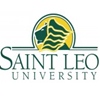
Saint Leo University
-
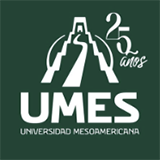
Mesoamerican University
-
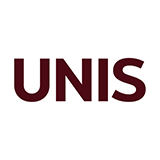
Istmo University
-

Mariano Galvez University of Guatemala
-
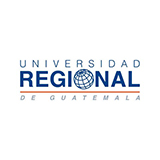
Regional University of Guatemala
-
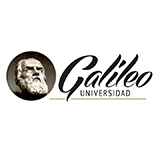
Galileo University
-
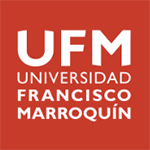
Francisco Marroquín University
-

Rafael Landívar University
-
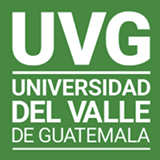
University of the Valley of Guatemala
-
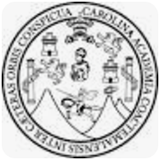
University of San Carlos of Guatemala
-
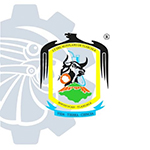
Technological Institute of Tlaxcala Plateau
-
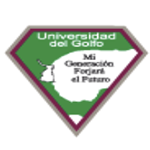
Golfo University
-

Technological University of South Sonora
-
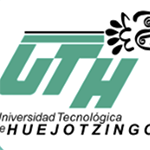
Technological University of Huejotzingo
-
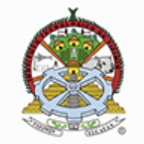
Tizimín Institute of Technology
-
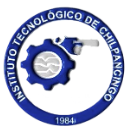
Chilpancingo Institute of Technology

